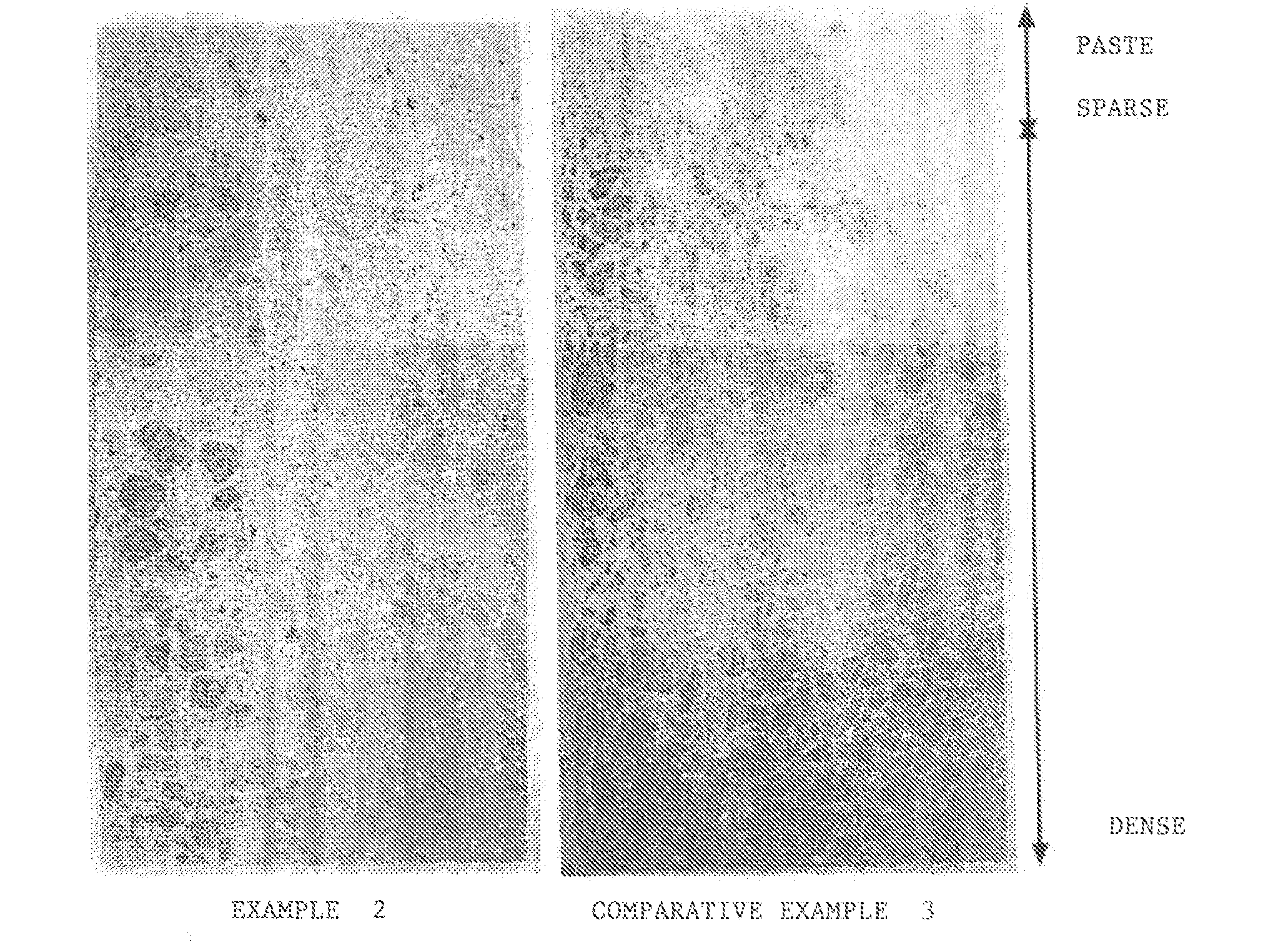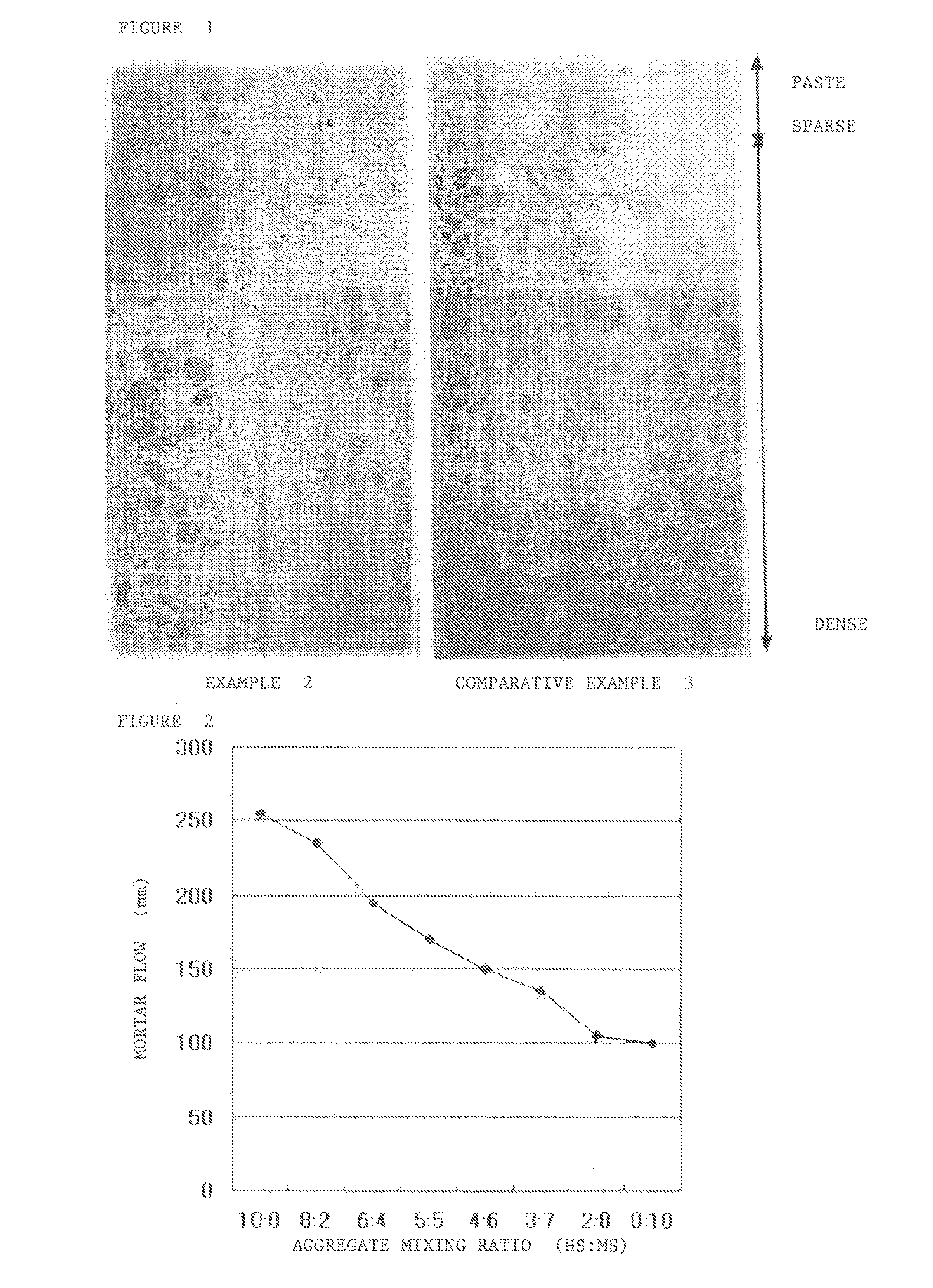Heavy concrete
a technology of applied in the field of heavy concrete, can solve the problems of increasing the difficulty of obtaining high-quality concrete, increasing the risk of segregation between heavy aggregates and cement pastes, and undesirable use of valuable natural resources, so as to avoid the occurrence of clogging of pipes, improve the flowability, and improve the effect of feeding pressur
- Summary
- Abstract
- Description
- Claims
- Application Information
AI Technical Summary
Benefits of technology
Problems solved by technology
Method used
Image
Examples
examples
[0030]Although the present invention will be specifically described with reference to Examples and Comparative Examples, the present invention is not limited to these Examples insofar as within the scope of the present invention.
[0031](Tested Material)
[0032]Used as a cement (hereinafter indicated as “C”, when abbreviated) was a normal Portland cement manufactured by Taiheiyo Cement Corporation. Used as fine aggregate (hereinafter indicated as “S”, when abbreviated) were those listed in Table 2. Used as a coarse aggregate (hereinafter indicated as “G”, when abbreviated) was an artificial stone produced by melting an electric arc furnace dust: DSM2005 (saturated surface-dry density: 4.13 g / cm3) manufactured by DAIDO Technica Co., Ltd. (sold by Taiheiyo Cement Corporation). Further, used as an admixture was an AE water reducing agent (Pozzolith No. 70; manufactured by BASF Pozzolith Ltd.; hereinafter indicated as “AD”, when abbreviated) for a slump formulation, or a high-performance AE...
PUM
| Property | Measurement | Unit |
|---|---|---|
| diameters | aaaaa | aaaaa |
| size | aaaaa | aaaaa |
| diameters | aaaaa | aaaaa |
Abstract
Description
Claims
Application Information
 Login to View More
Login to View More - R&D
- Intellectual Property
- Life Sciences
- Materials
- Tech Scout
- Unparalleled Data Quality
- Higher Quality Content
- 60% Fewer Hallucinations
Browse by: Latest US Patents, China's latest patents, Technical Efficacy Thesaurus, Application Domain, Technology Topic, Popular Technical Reports.
© 2025 PatSnap. All rights reserved.Legal|Privacy policy|Modern Slavery Act Transparency Statement|Sitemap|About US| Contact US: help@patsnap.com


